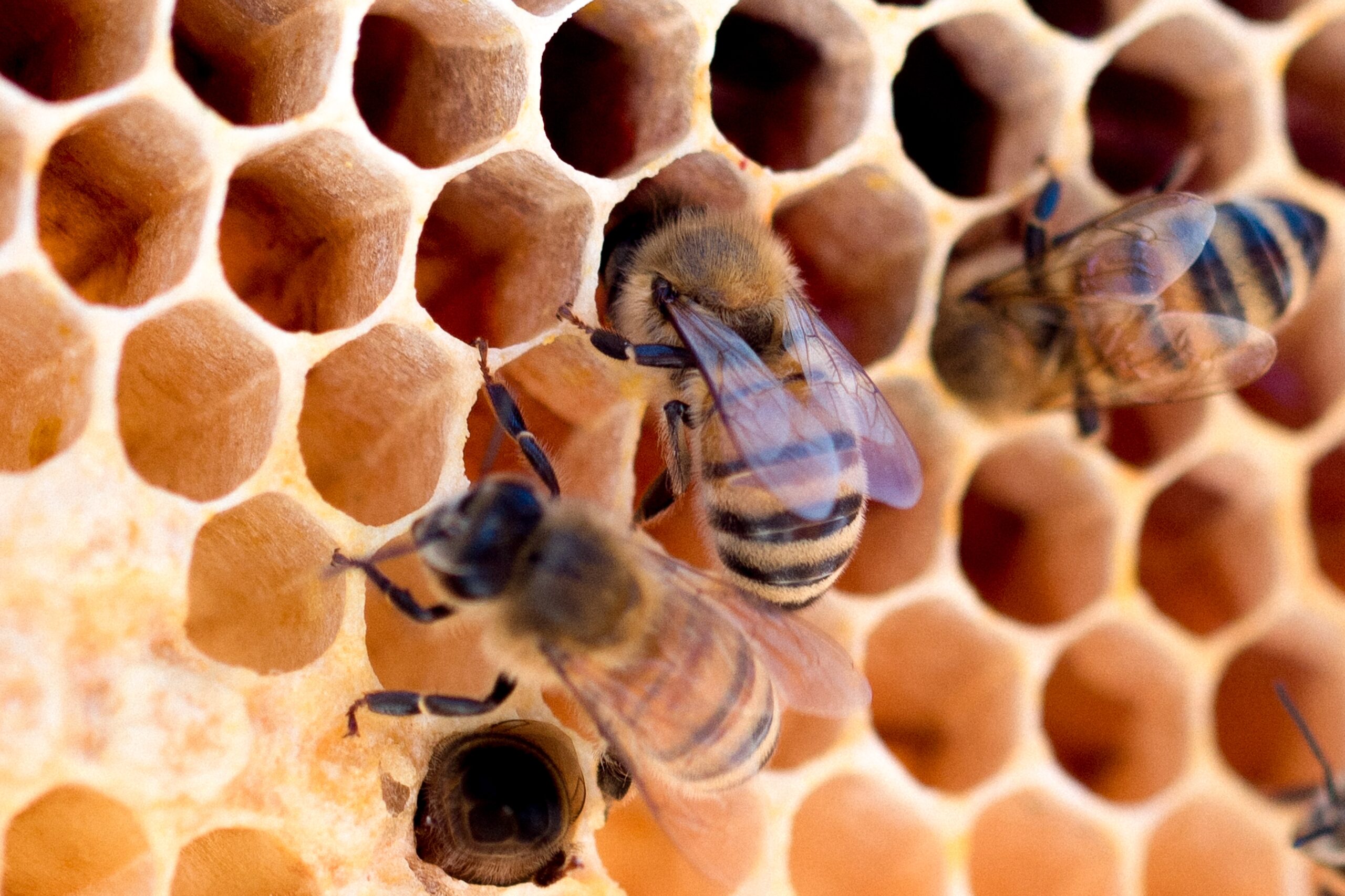Using the tricks of bees for efficient heat flows
It is widely known how important bees are for a species-rich flora. Less well known, however, is the clever temperature management they use to operate their hives. For IAV, the ingenious methodology offers a lever to control heat flows in the vehicle even more efficiently in the future – an important step on the road to sustainable mobility.
»Nature is in many ways the best ›technical solution provider‹ and delivers the best solutions via the original evolutionary algorithms.«
— Department Manager in the Powertrain Calibration & Technology department at IAV
“The bees’ ability to regulate the temperature in the hive in such a sophisticated way, relying on different heating and cooling strategies, is essential for their survival,” says Alexander Fandakov, Project Engineer Powertrain Research & Technology at IAV. “The bottom line is that they are doing exactly what we are aiming to do, too, even using the same tools and the same basic principles of heat transfer.”

Key factor for sustainable, climate-neutral mobility
In engineering, heat management in vehicle powertrains is of central importance for the durability of the components. Unfavourable temperature conditions can accelerate the ageing of batteries and fuel cells and noticeably shorten their service life. Optimizing heat flows can thus increase the efficiency of the powertrain and contribute to reducing energy consumption and the carbon footprint.
»Intelligent thermal management in the powertrain is clearly a key factor on the road to a sustainable, climate-neutral future.«
— Head of Powertrain & Sustainability at IAV
At the International Vienna Motor Symposium (27-29 April 2022), thermal management as the basis for highly efficient drive systems and electrical storage systems will be IAV’s central presentation topic. In addition to an examination of components and processes from the mobility sector, IAV will be showing, among other things, an approach that envisages, for example, the introduction of new cooling technologies such as phase-change cooling.
“The hive ecosystem actually offers numerous interesting aspects with some input for what we can implement in the various vehicles,” sums up Sens.


